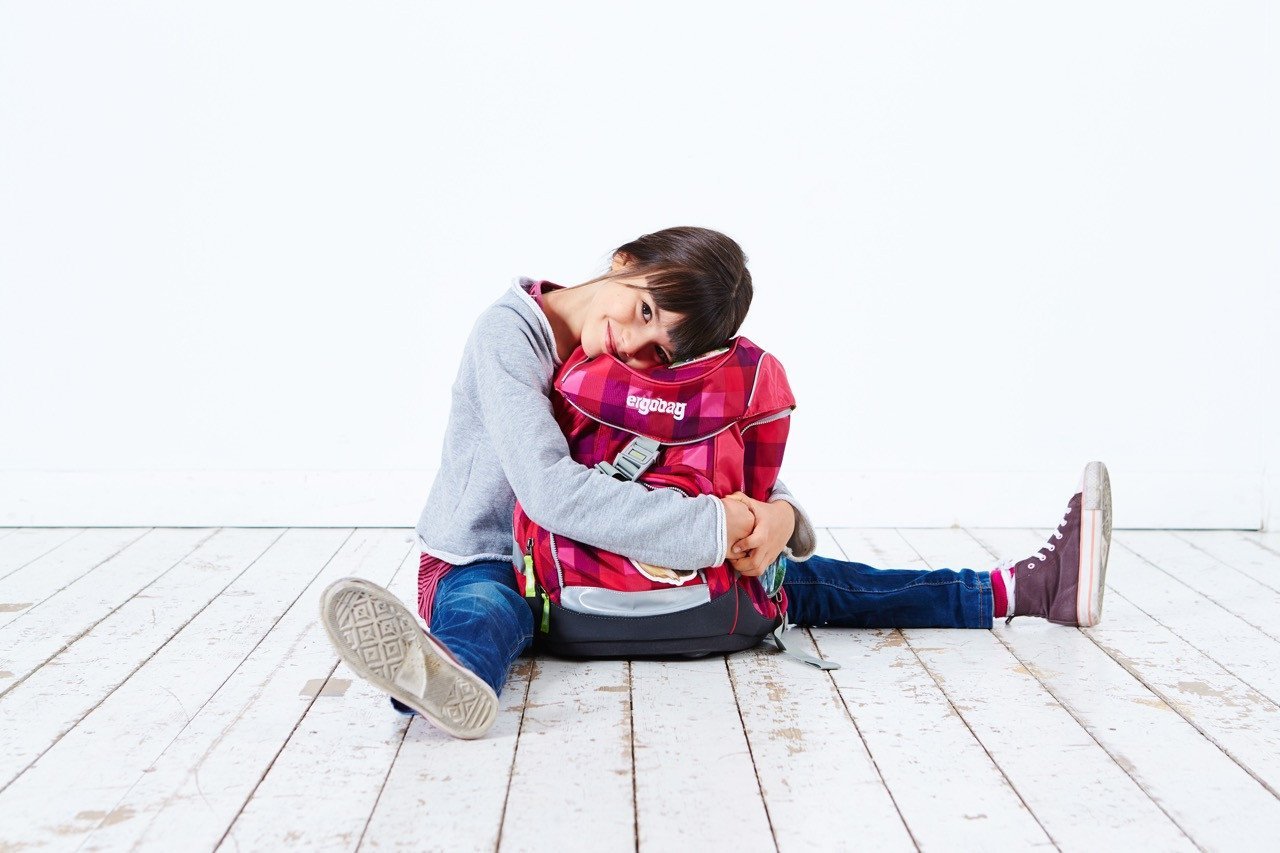Choosing the right school bag for your child
School bags are often advertised as being ergonomic. Are these bags truly ergonomic? What makes a bag ergonomic anyway? The word “ergonomic” is often misused and sometimes blatantly abused.

Fear always sells. School bags being marketed with pictures of malformed spines and exaggerated claims that the wrong bag can lead to conditions like scoliosis. Pictures of a chiropractor holding a spine is commonly used in marketing materials for school bags.
Most of these are bogus claims. According to orthopedists, scoliosis is not caused by poor posture. It is a deformity of the spine, which is usually caused by abnormal growth during childhood.
“Scoliosis is not caused by carrying heavy objects, such as heavy school bags, strenuous sports, poor posture, or a lack of calcium and other nutrients in the diet,” says Dr Guo Changming, Senior Consultant, Department of Orthopaedic Surgery, Singapore General Hospital. “Though the cause of idiopathic scoliosis is by definition unknown, it may have a genetic basis since it is known to run in families.”
Poor posture is associated with poor muscles of the back and shoulders. Does this means then that any school bag would do for your child? The answer is no.
Choosing a good school bag is important because school bags are getting heavier and helps avoid poor posture and back pains associated with it. Hikers and backpackers rely on well designed bags. So, should your precious little child.

The following factors are worth considering when choosing a school bag:
1. Internal frame. The bag should have a metal or plastic frame, which is crucial for weight distribution so that the weight is spread between the shoulders and the pelvic area. The frame also serves as a support to reduce the strains on the spine.
2. Waist strap. Choose a school bag with a wide and firm waist strap as this allows proper distribution of the weight load to the strong and stable pelvic area. Combined with an frame, up to 50% of a school bag weight can be shifted to the pelvic area with a properly buckled waist strap.
3. Adjustable straps. While it is important to choose the right size of school bag, children quickly outgrow their bags. Choose a school bag that offers adjustable straps so that the bag literally grows with the child.
4. A firm base. This not only allows the bag to stand on the floor without toppling over but it also helps to avoid the “plastic bag” effect. Try carrying a few books in a plastic bag and a small carton.
5. Warranty. Not many manufacturers offer a warranty on school bags. A bag with warranty offers peace of mind and provide a seal of quality.
6. Padding. Adequate padding is essential for comfort but too much of it makes the school bag heavier than it should be. Padding does not provide any orthopaedic or ergonomic benefits. Don’t be fooled by manufacturers with claims that their padding is ergonomic. Try sleeping on a mattress without a firm spring but with generous padding as opposed to one with a firm spring.
Choosing the right bag is the first step. Children need to be taught how to pack their bags. They should avoid unnecessary items. Heavier books should be placed closer to the back to reduce the leverage of gravity pull. The straps should be adjusted according to the child’s upper body frame so that the base of the bag rests around the hip line. Fastening the waist strap allows some of the weight of the bag to be supported by the more stable and stronger pelvic area.
If the bag is not properly adjusted, with the base of the bag dropping below the waist line, the child will tend to lean forward to counter-balance the weight of the bag pulling them backwards. Over time, the child will develop a degree in her posture, and this can be a source of musculoskeletal pains.
In conclusion, a school bag with ergonomic features has strong health benefits. Adjusting the backpack to the body frame of the child and good school bag habits are equally important. We strongly recommend parents to consider ergobag and Satch for the primary school children and teenagers respectively.
Useful Reading
1. Heavy schoolbags can break your child’s back. Mind Your Body, The Straits Times. Thursday, Nov 01, 2012.
2. Heavy school bags are ‘deforming’ children as growing numbers suffer irreversible back problems. Mail Online, The Daily Mail. March 12, 2012
3. Children are still damaging their spines by carrying school bags that are too heavy. South China Morning Post. September 17, 2013
4. Health Dilemmas: Are heavy schoolbags bad for children’s backs? Dr Dillner. The Guardian. March 18, 2012.
5. Conditions & Treatments – Scoliosis. SingHealth

